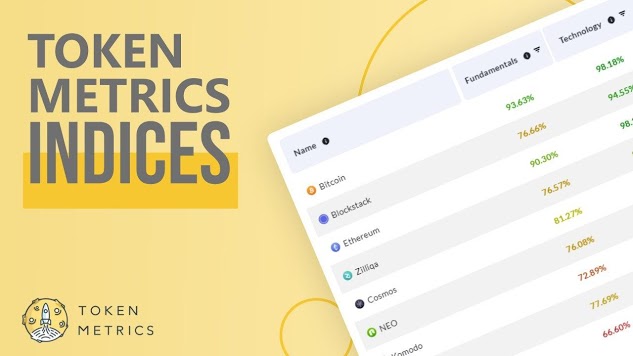Canary’s SEI ETF Hits Key Milestone With DTCC Listing

The Canary Staked SEI exchange-traded fund ETF has been officially registered on the Depository Trust & Clearing Corporation (DTCC) platform.
The listing does not constitute approval by the US Securities and Exchange Commission (SEC). Nonetheless, it is a significant operational milestone and is often viewed as a positive sign.
Sponsored
Sponsored
Canary’s Staked SEI ETF Joins DTCC List
According to DTCC records, the product currently appears under the “active and pre-launch” category. This classification indicates that the ETF is technically set up for future electronic trading and clearing, pending approval by the SEC.
Importantly, the ETF cannot yet be created or redeemed, meaning it remains non-operational despite its inclusion in DTCC’s system. However, the listing is a standard step in the ETF deployment process, often interpreted by market participants as a sign of issuer confidence.
“DTCC handles the behind-the-scenes clearing and settling for most US stocks and ETFs. Meaning this puts the SEI ETF into the usual pipeline before it shows up on brokerage platforms. Once the market sentiment turns around, SEI is going to be a big runner,” an analyst noted.
Canary Capital filed an S-1 earlier this year to introduce a staked SEI ETF. At the time, the SEC maintained a cautious stance toward staking mechanisms within exchange-traded products. The regulatory outlook has shifted now.
BeInCrypto reported that the US Treasury and Internal Revenue Service issued Revenue Procedure 2025-31, establishing a clear safe-harbor framework for crypto ETFs and trusts wishing to engage in staking and distribute rewards to investors.
This procedure mandates strict conditions, including holding only one type of digital asset plus cash, using qualified custodians for key management, maintaining SEC-approved liquidity policies, and limiting activities to holding, staking, and redeeming assets without discretionary trading.
Sponsored
Sponsored
Moreover, these guidelines resolve prior tax ambiguities. This could potentially pave the way for SEC approval of staking-inclusive products, such as the Canary’s SEI ETF.
Besides Canary, Rex-Osprey has also filed for a staked SEI ETF. Lastly, 21Shares is seeking SEC approval for an ETF focused on the SEI. This reflects broader institutional interest in gaining exposure to the Sei Network.
SEI Climbs in Net Flows Even as TVL Suffers
Meanwhile, this comes as Sei experiences strong capital movement. According to Artemis Analytics, the network currently ranks second in net flows over the past 24 hours, with inflows making up the majority. This trend suggests that investors are rotating into SEI despite broader market volatility.
Analysts are also increasingly optimistic about SEI’s price potential. ZAYK Charts noted that the altcoin is completing another falling-wedge cycle, arguing that a breakout could trigger a 100–150% rally.
However, on-chain data paints a more complex picture. Figures from DefiLlama reveal a steep contraction in the network’s total value locked (TVL) during November, representing the largest decline in nearly two years.
Approximately 1 billion SEI tokens have been unstaked, reflecting an accelerated rate of user exits from the ecosystem.

Thus, for now, the listing serves as a procedural but meaningful signal that the pathway toward institutional SEI exposure is beginning to take shape—against a backdrop of both recovering inflows and lingering challenges within the network.
















